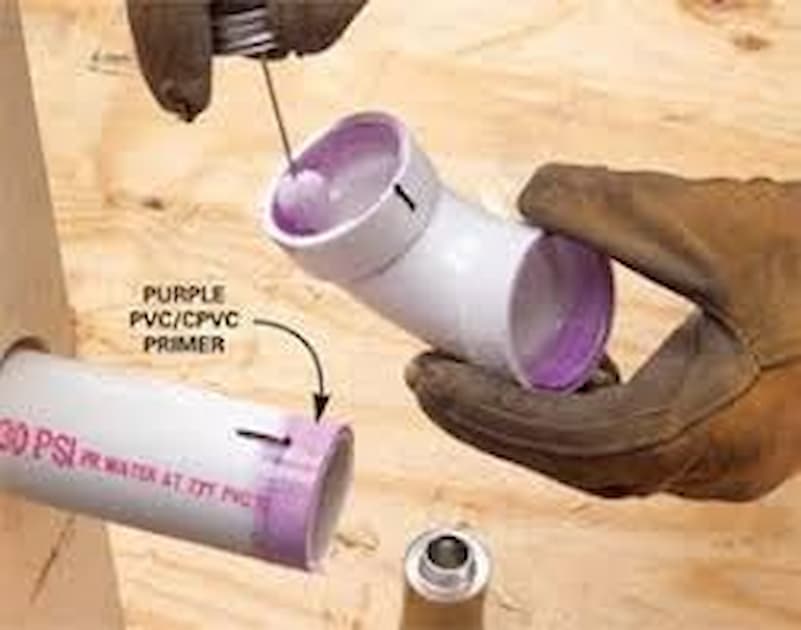Joining PVC pipe is a fundamental skill for anyone involved in plumbing, irrigation, or DIY home projects. PVC, or polyvinyl chloride, is a versatile and durable material commonly used in a variety of applications. This guide will walk you through the steps to join PVC pipe, covering the tools you need, preparation, and techniques to ensure a secure and leak-proof connection.
Why Use PVC Pipe?
1. Durability
PVC is resistant to corrosion and chemicals, making it ideal for long-term use in plumbing and irrigation systems.

2. Cost-Effective
PVC is relatively inexpensive compared to other piping materials, providing a cost-effective solution for various projects.
3. Easy to Work With
PVC is lightweight and easy to cut, join, and install, making it a favorite among DIY enthusiasts and professionals alike.
Tools and Materials Needed
1. PVC Pipe and Fittings
Ensure you have the correct size and type of PVC pipe and fittings for your project.
2. PVC Primer and Cement
These are essential for creating a strong, leak-proof bond between the pipe and fittings.
3. Pipe Cutter or Saw
A PVC pipe cutter or a fine-toothed saw will be needed to cut the pipe to the required length.
4. Measuring Tape and Marker
Accurate measurements are crucial for a proper fit.
5. Deburring Tool or Sandpaper
Used to smooth the edges of the cut pipe to ensure a clean connection.
Steps to Join PVC Pipe
1. Measure and Cut the Pipe
- Step 1: Use a measuring tape to measure the length of PVC pipe needed.
- Step 2: Mark the cutting point with a marker.
- Step 3: Cut the pipe using a PVC pipe cutter or a fine-toothed saw. Ensure the cut is straight for a better fit.
2. Deburr and Clean the Pipe
- Step 1: Use a deburring tool or sandpaper to smooth the edges of the cut pipe. This helps in creating a clean, tight fit.
- Step 2: Wipe away any debris and dust from the pipe and fittings.
3. Dry Fit the Pipe and Fittings
- Step 1: Assemble the pipe and fittings without primer or cement to ensure they fit correctly.
- Step 2: Make any necessary adjustments before proceeding.
4. Apply PVC Primer
- Step 1: Apply PVC primer to the outside of the pipe end and the inside of the fitting.
- Step 2: Allow the primer to dry for a few seconds. The primer cleans and softens the PVC surface, preparing it for the cement.
5. Apply PVC Cement
- Step 1: Apply a generous layer of PVC cement to the primed areas of the pipe and fitting.
- Step 2: Quickly insert the pipe into the fitting while rotating it a quarter turn to evenly distribute the cement.
6. Hold the Joint
- Step 1: Hold the pipe and fitting together for about 30 seconds to allow the cement to set.
- Step 2: Wipe away any excess cement with a clean cloth.
7. Allow to Cure
- Step 1: Allow the joint to cure as per the cement manufacturer’s instructions, usually about 24 hours, before subjecting it to pressure.
Tips for a Secure PVC Joint
1. Use the Right Amount of Primer and Cement
Too little primer or cement can lead to weak joints, while too much can cause pooling and potential failure.
2. Work Quickly
PVC cement sets quickly, so it’s important to work efficiently to ensure a proper bond.
3. Check for Leaks
After the curing period, run water through the system to check for leaks. If leaks are detected, the joint may need to be redone.
Common Questions About Joining PVC Pipe
Can I use PVC cement without primer?
While some cements claim to work without primer, using primer ensures a stronger bond and is recommended for most applications.
How long should I wait before using the PVC pipe?
It’s generally recommended to wait 24 hours before subjecting the pipe to pressure to ensure the cement has fully cured.
Can I join different sizes of PVC pipe?
Yes, but you will need the appropriate transition fittings to connect different sizes or types of PVC pipe.
Conclusion
Joining PVC pipe is a straightforward process that, when done correctly, creates durable and leak-proof connections. By following the steps outlined in this guide and using the right tools and materials, you can successfully join PVC pipes for any project. Whether you’re working on plumbing, irrigation, or a DIY project, mastering this skill will prove invaluable. Start your project today and enjoy the benefits of using PVC pipe.



